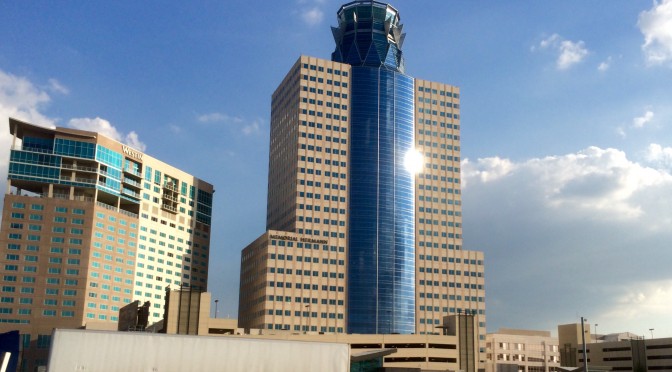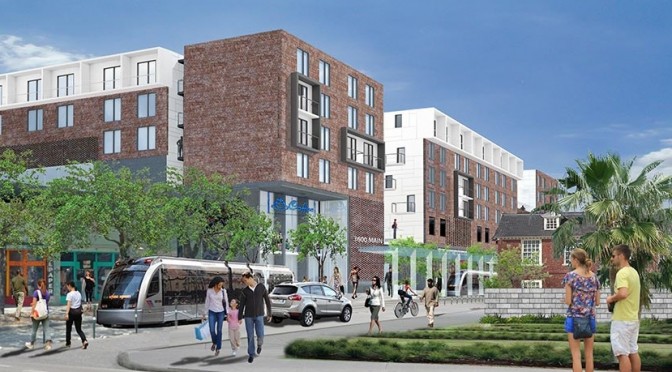Texoblogosphere: Week of July 6th
The Texas Progressive Alliance congratulates the USWNT on its awesome FIFA Women's World Cup win as it brings you this week's roundup.
Off the Kuff reports that thousands more Texas state employees are now eligible for spousal benefits thanks to the SCOTUS ruling on same sex marriage.
Libby Shaw at Texas Kaos and contributing … Continue Reading ››

